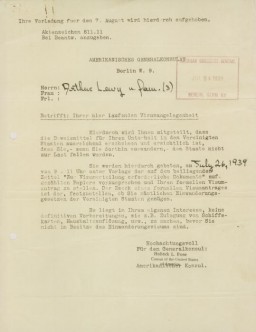You searched for: 微盘平台快速搭建【TG���������@EK7676】平台包网搭建微盘平台快速搭建【TG���������@EK7676】平台包网搭建8Eg7BHIg5U
<< Previous | Displaying results 226-250 of 250 for "微盘平台快速搭建【TG���������@EK7676】平台包网搭建微盘平台快速搭建【TG���������@EK7676】平台包网搭建8Eg7BHIg5U" | Next >>
-
Halle
ArticleHalle an der Saale was a satellite camp of Buchenwald concentration camp. It was established by the Nazis in Saxony, Germany in 1941.
-
International Military Tribunal: The Defendants
ArticleListing of the 24 leading Nazi officials indicted at the International Military Tribunal at Nuremberg. Learn about the defendants and the charges against them.

-
The Riegner Telegram
ArticleThe Riegner telegram detailed the Nazi plan to systematically murder European Jews. It was sent to the British and American governments in August 1942.
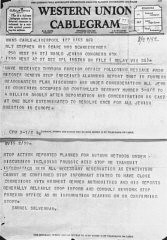
-
Berga-Elster ("Schwalbe V")
ArticleAt the Berga-Elster subcamp of Buchenwald, prisoners were forced to do dangerous and brutal work in tunnels to support fuel production for the German war effort.
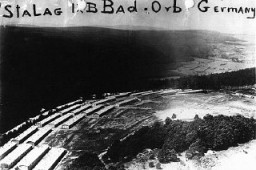
-
Oranienburg
ArticleThe Oranienburg concentration camp was established as one of the first concentration camps in Nazi Germany on March 21, 1933. Learn more
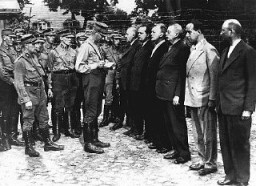
-
Mannschafts-Stammlager (Stalag) IX B
ArticleIn 1939, the Nazis established the Mannschafts-Stammlager (Stalag) IX B camp in Germany. Learn more about the camp’s history, prisoners, and liberation.
-
Lackenbach (Roma internment and transit camp)
ArticleThe Lackenbach internment and transit camp for Roma, located in what had been eastern Austria, was a departure point for deportations to Lodz and Auschwitz.
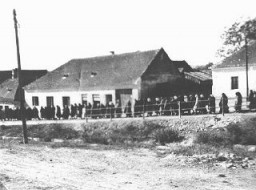
-
Anti-Jewish Legislation in North Africa
ArticleThe Vichy regime introduced race laws to the North African territories in October of 1940. Learn about the impact of the laws on the region’s Jewish people.
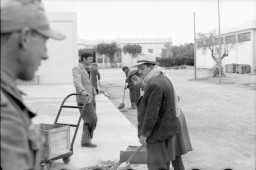
-
Lidice: The Annihilation of a Czech Town
ArticleGerman forces razed the town of Lidice in June 1942 in retaliation for the death of Nazi leader Reinhard Heydrich. Learn about the assassination and reprisal.
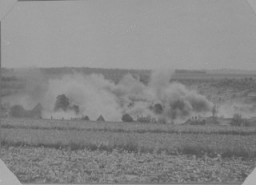
-
Mlynów: "Life under the German Occupation," According to Yehudit Rudolf
ArticleExplore firsthand testimony about the occupation of Mlynów, the establishment of the ghetto, resistance activities, and the destruction of the ghetto.
-
Trawniki
ArticleFrom July 1941-May 1944, the SS camp at Trawniki had several purposes. It is best known as the training site for auxiliary police guards used in Nazi killing centers. Learn more.
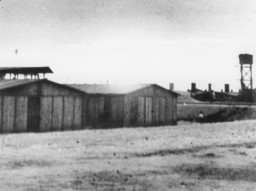
-
Hajj Amin al-Husayni: Arab Nationalist and Muslim Leader
ArticleHajj Amin al-Husayni claimed to speak for the Arab nation and the Muslim world and sought an alliance with the Axis powers during WWII. Learn more about his actions
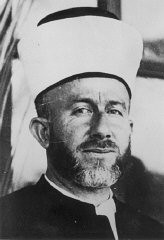
-
France
ArticleLearn about France during the Holocaust and WWII, the liberation of France, postwar trials, and the legacy of Vichy France’s collaboration with Nazi Germany.
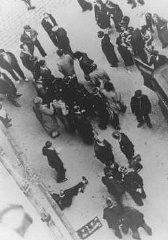
-
International Military Tribunal at Nuremberg
ArticleThe International Military Tribunal (IMT) opened in Nuremberg within months of Germany’s surrender. Learn about the judges, defendants, charges, and legacies.
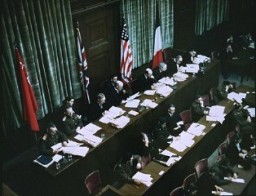
-
Hodonín U Kunštátu (Hodonín bei Kunstadt) (Roma camp)
ArticleIn March 1942, the Hodonin camp was classified as a camp for Roma. It was a transfer station during deportation to Auschwitz-Birkenau. Learn about the camp and its history.
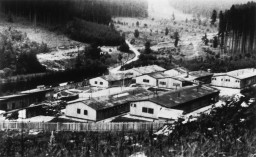
-
The Nazi Party
ArticleThe National Socialist German Worker’s Party, also known as the Nazi Party, was the far-right racist and antisemitic political party led by Adolf Hitler.
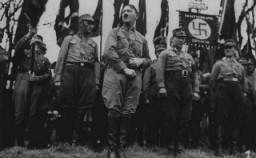
-
Mittelbau Main Camp: In Depth
ArticleLearn about conditions and forced labor in Dora-Mittelbau, the center of an extensive network of forced-labor camps for the production of V-2 missiles and other weapons.
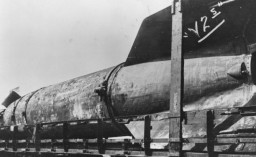
-
The Immigration of Refugee Children to the United States
ArticleMore than one thousand unaccompanied refugee children fleeing Nazi persecution arrived in the United States between 1933 and 1945. Learn more
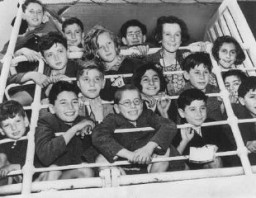
-
Hajj Amin al-Husayni: Wartime Propagandist
ArticleFormer Mufti of Jerusalem Hajj Amin al-Husayni was an exiled political leader who sought an alliance with the Axis Powers. Learn about his wartime propaganda efforts.
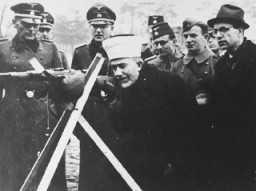
-
Holocaust Denial: Key Dates
ArticleBrowse a timeline listing some key events in the evolution of Holocaust denial and the distortion of the facts of the Holocaust.
-
Mauthausen
ArticleThe Mauthausen concentration camp was established following the Nazi incorporation of Austria in 1938. Learn about the harsh conditions in the camp.
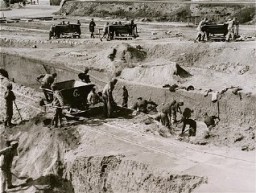
-
Benno Müller-Hill, Antje Kosemund, Paul Eggert, and Elvira Manthey describe the Euthanasia Program
Oral HistoryBenno Müller-Hill, professor of genetics at the University of Cologne and the author of Murderous Science, describes the Nazi "Euthanasia" Program, with oral history excerpts from Antje Kosemund, Paul Eggert, and Elvira Manthey. Antje Kosemund had a disabled younger sister who was admitted to Alsterdorf Institute, Hamburg, December 1933, at the age of three and was subsequently killed in 1944. Paul Eggert was a resident of the orphanage section of the Dortmund-Applerbeck institution from 1942-43 where he…
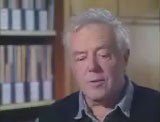
-
Life After the Holocaust: Norman Salsitz
ArticleAfter WWII and the fall of the Nazi regime, Holocaust survivors faced the daunting task of rebuilding their lives. Listen to Norman Salsitz's story.
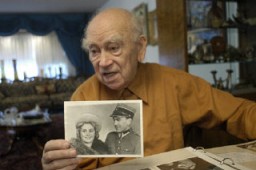
-
How did postwar trials shape approaches to international justice?
Discussion QuestionThe aftermath of the Holocaust raised questions about the search for justice in the wake of mass atrocity and genocide. The World War II Allied powers provided a major, highly public model for establishing internati...

-
How did the United States government and American people respond to Nazism?
Discussion QuestionConsideration of American responses to Nazism during the 1930s and 1940s raises questions about the responsibility to intervene in response to persecution or genocide in another country.
